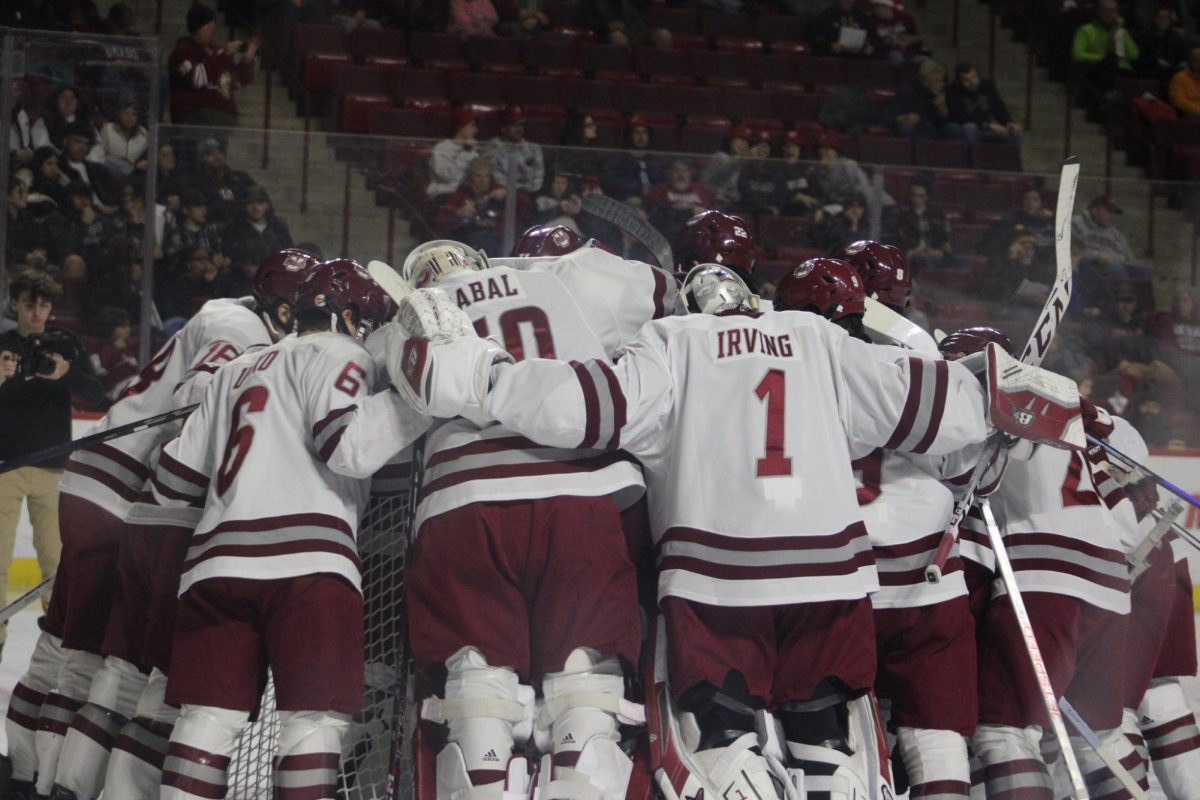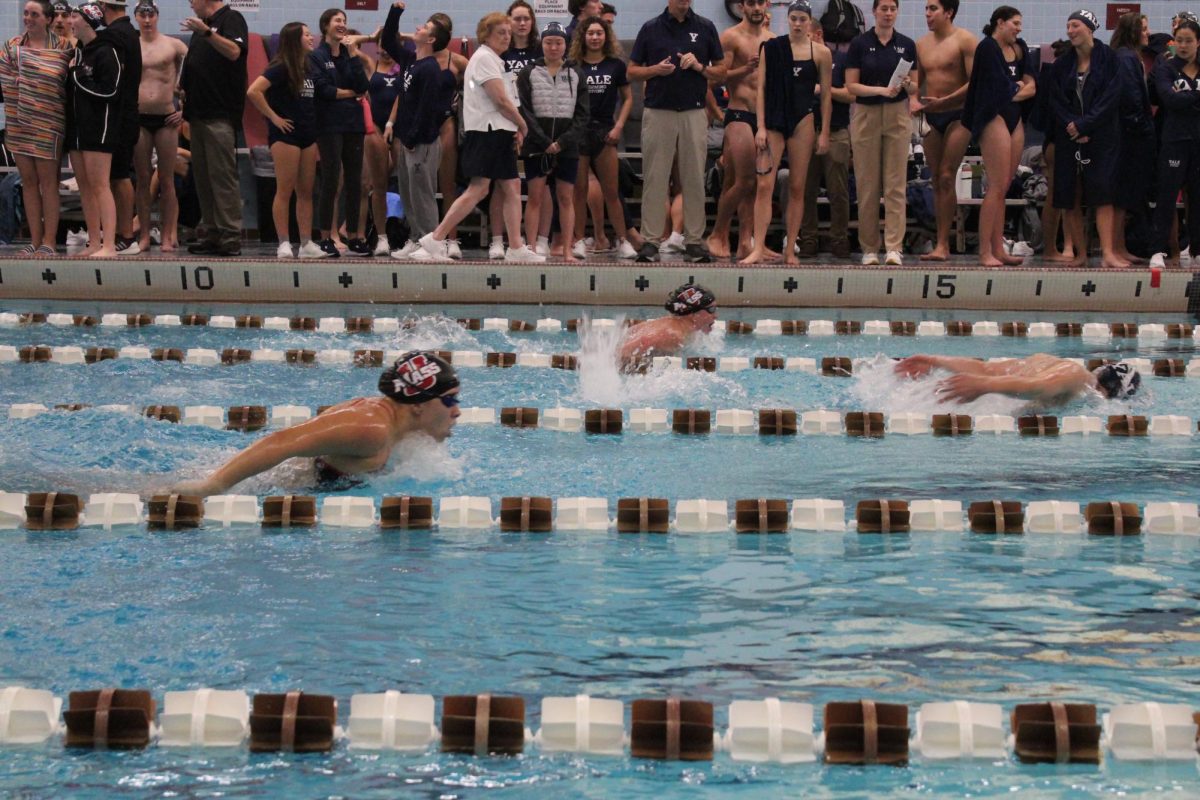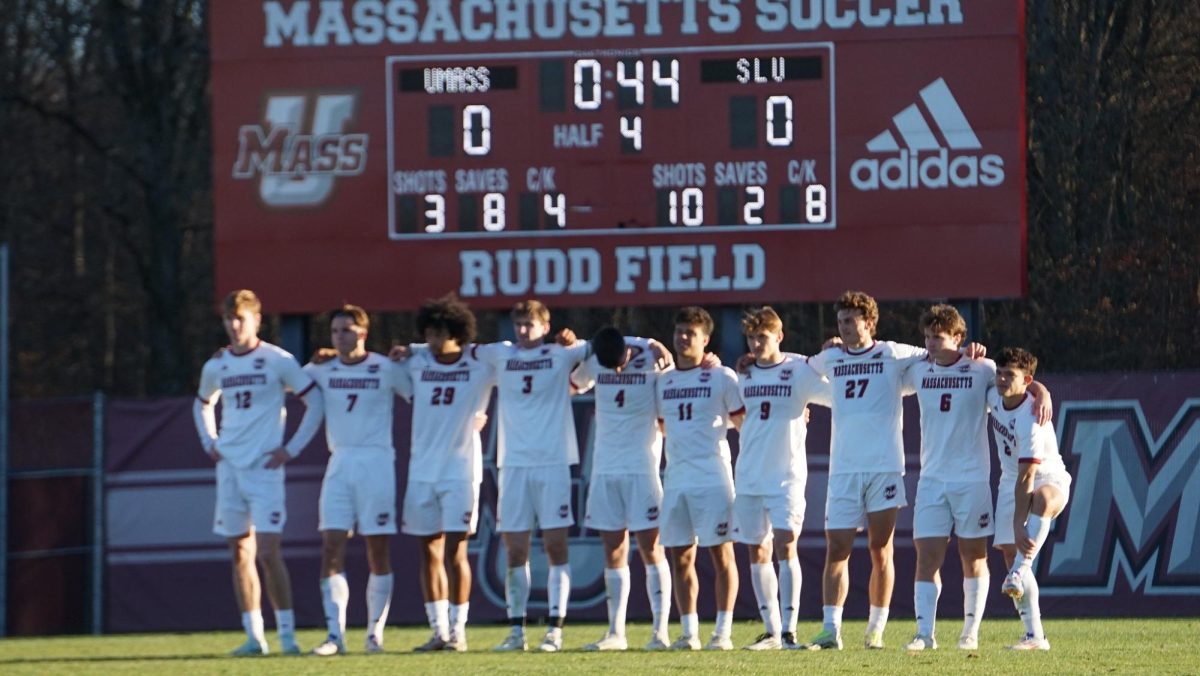The war in Afghanistan continued while many Americans were celebrating the Thanksgiving holiday.
Secretary of Defense Donald Rumsfeld traveled to Fort Bragg, N.C., to visit with Special Forces troops. Rumsfeld spoke to reporters on Wednesday, and said that while there are Marines in the area of operations, he would not comment on their deployment to Afghanistan.
“I have absolutely nothing to say on that. We don’t discuss plans or potentials about what we might or might not due,” Rumsfeld said. “Just to make it clear as to what’s going on, what’s going on is that we continue to work towards our three goals of dealing with the al Qaeda completely, dealing with the leadership of Taliban, and seeing that Afghanistan is not a haven for terrorists.”
There are currently Marine Expeditionary Units deployed on three Navy ships that are Special Operations capable. If activated in a combat role, the Marines would add significant firepower to the war.
“Marines are very good at fighting,” General Peter Pace, the vice chairman of the Joint Chiefs of Staff, said. “And if [field commander] General [Tommy] Franks wants fighters on the ground and he puts his Marines in, he will have what he wants.”
Deputy Secretary of Defense Paul Wolfowitz explained how these troops operate.
“They are Special Operations capable units, but there’s a differentiation between the very specialized capabilities of our Special Operations Command and the types of capabilities that your Marines bring to the battlefield,” Wolfowitz said. “Marines would be more in an area coverage and they would be capable of providing not only terminal guidance to our aircraft but, in fact, on closing with and killing the enemy.”
While Northern Alliance troops, aided by U.S. Special Forces, have made significant gains in territory, Rumsfeld cautions that the cities where the Taliban is holed up aren’t the only areas to worry about.
“They are in a couple of enclaves right now, large enclaves in Kundus and in Kandahar,” Rumsfeld said. “They are also in a number of smaller enclaves spotted all around the country, and there are certainly individuals, we are sure, hiding in caves and tunnels and we intend to pursue them.”
Pace explained that the military had a specific way of dealing with caves.
“Our specialized approach to caves and tunnels is to put 500-pound bombs in the entrance,” Pace said.
Reports that a new reconnaissance vehicle has made its battlefield debut have been verified. The Global Hawk, an unmanned flying vehicle, is being used to supplement the Predator reconnaissance vehicle.
Changes in the weather have resulted in several lost Predators. Officials hope the Global Hawk will prove itself in the Afghanistan winter.
“We now have Global Hawk, which is a new element, and helpful because of winter weather coming and the difficulties the Predator has,” Rumsfeld said.
“With regard to Global Hawk, yes, it is in theater; it is flying. It is still very much in the research and development phase of its development,” Pace said. “But in fact, this theater now provides us a tremendous laboratory in which to use it, so it is flying and it will be part of our ability to collect information and intelligence.”
Since it is still in the test stages, Rumsfeld explained that it would not be heavily used.
“It will not be flying every day,” Rumsfeld said. “It will have to be managed as a demonstration model.”
The Pentagon also confirmed reports that a U.S. helicopter suffered a “hard landing.”
U.S. Central Command released the news on Nov. 21 that the helicopter had suffered damage but that it was not brought down by enemy fire.
Four crewmembers were injured in the incident, which is being called an accident by U.S. Central Command. None of the injuries are life threatening, Secretary Rumsfeld said.
“It was a small helicopter and I believe we had a broken arm and a broken leg and a couple of back sprains or strains, and they were lifted out relatively promptly by a C-130,” Rumsfeld said.
On the Net: The Pentagon: http://www.defenselink.mil






